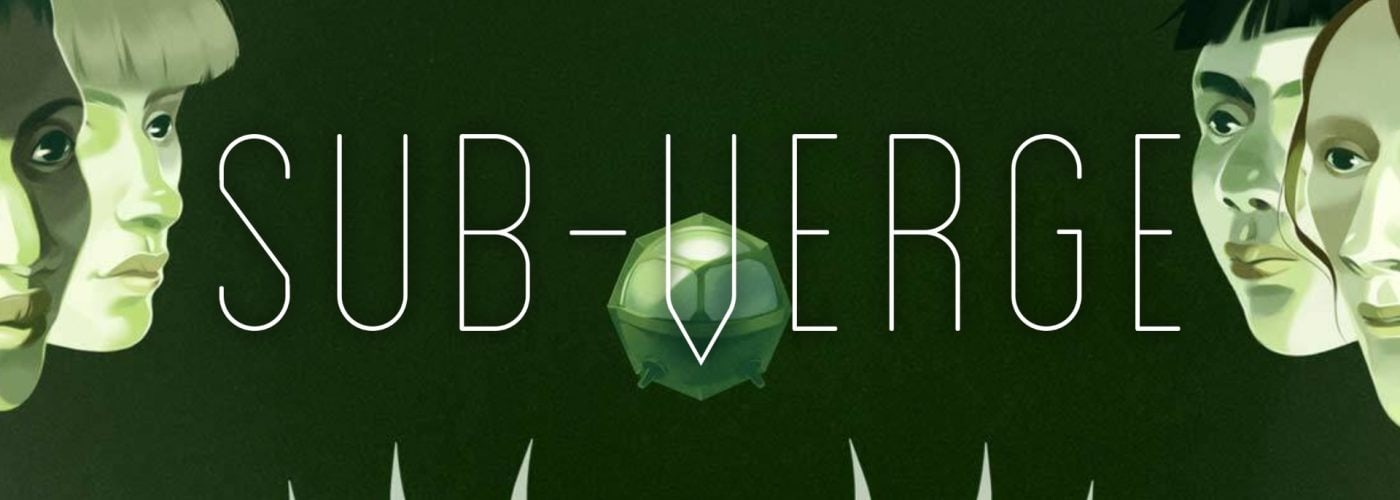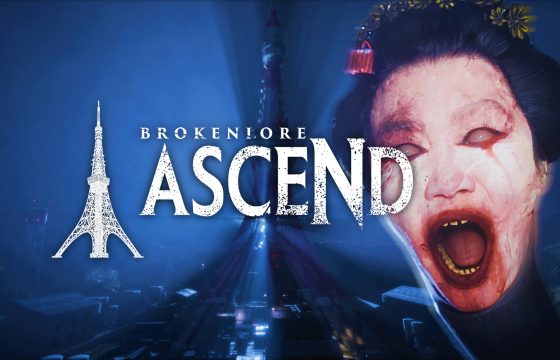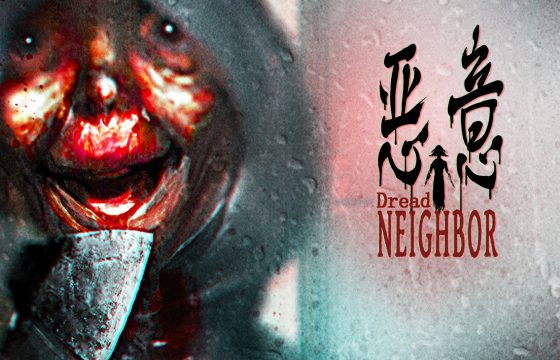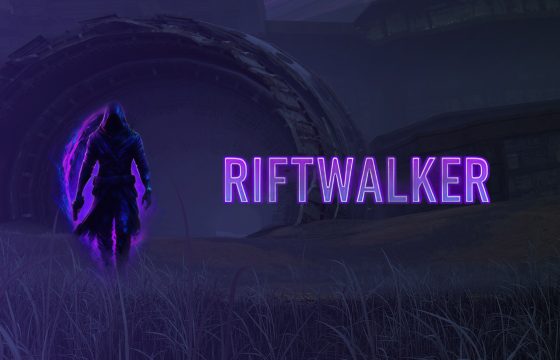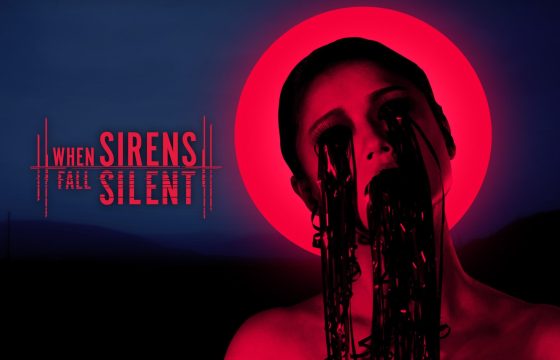A short yet intense journey through mistrust, hidden truths, and deep-sea monsters, where every word can save you… or seal your fate.
Some games push you to hammer buttons, react on instinct, and test your reflexes. Sub-Verge, developed by Interactive Tragedy and officially selected for LudoNarraCon 2025, moves in the opposite direction. Here you don’t win by shooting, jumping, or running — you win by listening, speaking, and understanding. Conversation and character psychology sit at the center of this experience, turning them into matters of life and death, right down to the last breath… or bubble of air.
A World Divided
The premise fascinates right away: a post-catastrophe world where the surface and the ocean floor aren’t just places — they’re symbols of power and control. Above, the Surfacers, led by the High Commissioner, live in a tightly controlled city, convinced they need protection from marine threats and other vague dangers. Below, hidden in the depths, the Below have taken refuge after a failed coup led by a charismatic and unsettling figure known as The Mind.
The division runs deeper than geography: it’s ideological, built on fear, propaganda, and mutual suspicion. Those above see the ocean as a monster to be avoided. Those below see it as home — a home teeming with giant predators like the Krake, a creature as vast as it is mysterious.

The Prologue: Origins of a Conflict
The official prequel Subtle Mind goes far beyond extra content — it’s essential for understanding the world of Sub-Verge.
Written in epistolary form by Zach Dodson, it recounts, in the protagonist’s own words, two key episodes in his life that lay the foundation for the events of the game. His name remains unknown.
Letter One – “The Attempt”
The story begins near a colossal artificial waterfall. Guards catch the protagonist fishing illegally with a net gun, and Cromby — a cold, authoritarian presence — leads the interrogation.
A net big enough to trap a person sparks suspicion of an assassination plot. Even under torture, the protagonist refuses to give anything away, protecting the marginalized pump-room workers he met along his route.
Soon after, during an excursion to the upper levels of the structure, he witnesses a skirmish between young guards. The scene spirals when the High Commissioner arrives. In a sudden act of defiance, the protagonist fires his net at him. Cromby blocks the shot by shoving another guard into its path, sending them over the waterfall. The act earns him a death sentence disguised as an accident: Cromby pushes him off the highest platform.
Letter Two – “The Krake”
Against all odds, the protagonist survives the fall, badly injured, and wakes in a cavern beneath the waterfall. There he finds the guard’s body — and something far worse: a krake, part jellyfish, part crab, with a translucent stomach that digests its prey alive.
While looking for cover, he spots Cromby arriving with a young guard named NcNist. The creature inadvertently points him toward a hidden passage, allowing him to overhear their exchange. NcNist questions the ethics of summary executions, but Cromby silences him, insisting that anyone who leaves the city counts as a traitor. She also reveals plans to label the protagonist a Floater infiltrator — one of the inhabitants of floating cities — to justify possible war.
After they leave, he presses on and uncovers the truth behind the so-called “eternal waterfall”: it’s nothing more than an artificial system that recycles water. No natural wonder, but an engineered lie that upholds the city’s legitimacy.
Subtle Mind lays out the central themes of Sub-Verge: totalitarianism disguised as protection, propaganda as a weapon, rebellion as an instinctive answer to disillusionment, and the truth buried beneath grand façades.
Reading it before playing sharpens the understanding of the mistrust between Surfacers and Below and deepens the role of the Krake — already here both a physical danger and a looming symbol of dread.

Where the Journey Begins
The game immediately asks you to make a narrative choice: start in the Below’s cavern or in the Surfacers’ laboratory.
This decision shapes not only your introduction but also your relationships and how others perceive you. It’s less about picking a side and more about choosing a story — and in a game like this, story is the sharpest weapon.

Talking to Survive
The heart of the gameplay lies in branching conversations — but not in the classic visual novel sense. Every answer directly affects trust, cooperation, and even survival.
Your goal? Convince a group of divers to trust you enough to follow your lead in a critical underwater mission.
Each diver comes with a defined personality: some distrust you, some seek reassurance, some think logically, others act on instinct, and a few hide questionable motives behind a friendly front. Time is limited: talking to one might mean neglecting another, and that choice can carry weight.
These dialogues don’t work like quizzes with “right” answers — they act as tests of empathy, intuition, and strategic thinking. A wrong tone or misplaced priority might convince someone to ignore the plan later.
From Words to Action
After this long, tense build-up, the truth arrives in the form of the underwater sequence.
Aboard the SubVee, you stand surrounded by divers who need to latch onto the hatch in a specific order. These rules (“Etera won’t go first,” “Owin won’t climb before Drint”) aren’t just gameplay constraints — they reflect personality traits and the dynamics you shaped earlier.
You need to figure out the correct sequence, often under pressure, with the Krake drawing near.
It’s a logic puzzle, but one tied tightly to the story: lose someone’s trust in earlier dialogues, and you might lack the necessary options, making the solution harder.

The Krake: Threat and Symbol
The Krake isn’t just a monster. For the Surfacers, it represents the external danger that justifies their control; for the Below, it’s the constant hazard of living in a hostile environment.
In the final sequence, the Krake can frame a victory — or become the silent end.

Multiple Endings
Sub-Verge avoids a single, fixed conclusion. Depending on your choices and success in the underwater sequence, you might:
Return to the surface with your group (or the survivors).
Descend deeper to the Krake’s lair and confront The Mind.
Fail — in the most unsettling ending, the protagonist escapes the SubVee only to remain trapped in the Krake’s gelatinous chamber, doomed to share the fate of a corrupted, insane The Mind.
These endings don’t transform the game’s structure, but they give your decisions weight and encourage replay.


Style and Atmosphere
Zach Dodson’s writing feels sharp, intense, and believable. Each character speaks in a distinct voice, and the worldbuilding emerges naturally through dialogue — no heavy-handed exposition, only details woven into conversation.
Tiia Reijonen’s art direction stays minimal yet effective: stylized environments, cool-toned palettes, crisp silhouettes. The Krake’s design — and that of the divers — stands out without visual excess.
The audio follows suit: muffled underwater sounds, metallic echoes, long silences. It never overpowers but constantly feeds the game’s claustrophobic tension.

Conclusion
Sub-Verge doesn’t work as background entertainment. Every line, every pause, every alliance you build or break matters. Despite its short length, it tells a layered story where survival depends less on oxygen and more on understanding people before it’s too late.
That’s the real message: underwater, as in life, words weigh as much as lead… and sometimes, they can sink you.

If you want to know more:
Subtle Mind – A Sub-Verge prequel on Steam
Sub-Verge
PRO
- Excellent writing and solid worldbuilding
- Trust and relationships truly shape gameplay
- Final logic puzzle blends seamlessly with the story
- Cohesive atmosphere and strong tension
CON
- Slow early pacing can deter action-focused players
- Gameplay limited to dialogue and one puzzle sequence
- Replay value exists, but without dramatic structural shifts

